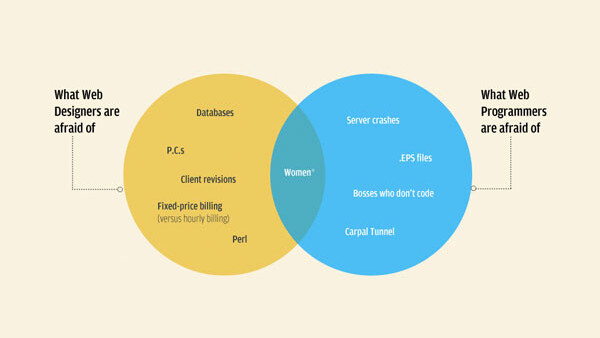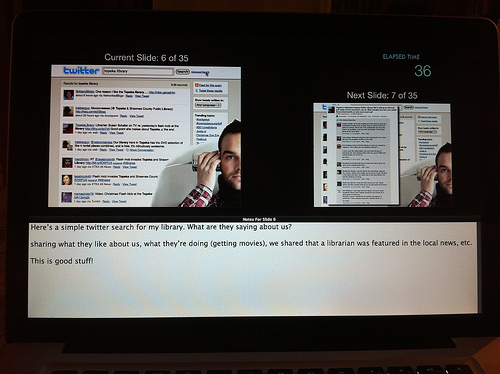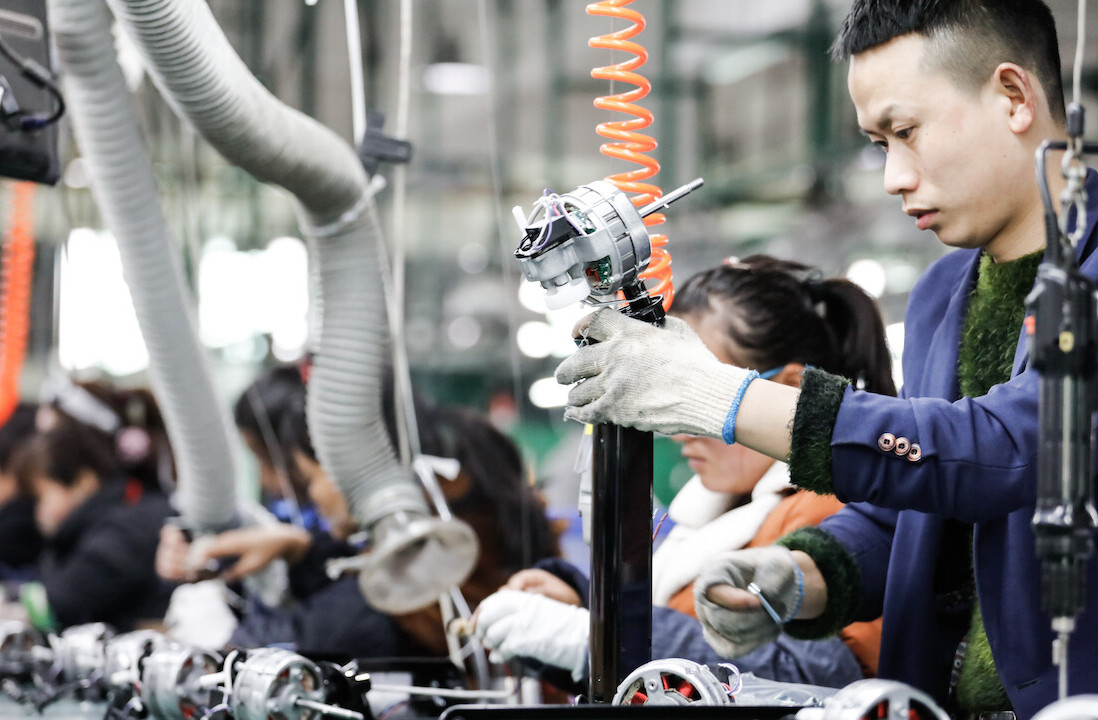
 “No”
“No”
“We can’t do that”
“It isn’t possible”
“It can’t be done”
“It will never happen”
The above answers are the easy way out to any question. Saying ‘Yes’ is always more work, more demanding, requires more thinking and more energy. It isn’t surprising that you often hear ‘no’ or a variation of the negative replies listed above. The trick of course is not taking no for an answer and trying to come up with a reason to make it easier to say ‘yes’.
Remove anonymity
I once entered a building on my way to an important meeting. I hitched a ride with an executive from a big company and when we parked in the basement of the company we were visiting we ended up parking in the wrong section. It wasn’t really our fault. Their intercom system was broken so we didn’t hear a word they said. We just found the first available spot and parked there. When we entered the lobby we were greeted by a seriously pissed of security guy who started shouting at us and demanded we go back and move our cars.
The guy I was with didn’t blink, got out his pen and paper and asked for the security guys name. He wrote that down and then asked for his superiors name and wrote that down too. Then he got out his businesscard handed it over, and said “So now that we know each others name can you tell me what the problem is”. By then the security guard had calmed down a bit and explained that we had parked in a reserved parking spot. The manager then calmly explained that we were having a meeting with the CEO and would rather have our cars towed than be too late. Unless of course the security guy would take responsibility for us being too late. He mumbled something about how it really wasn’t that big a problem after all and we continued to our meeting.
I complimented the manager with the way he handled that and he explained that you can solve a lot of problems before they get started if you make sure everybody knows who everybody is and that whatever they do will have consequences. It is very easy to extend your middle finger to an anonymous car in the road but a different thing once you realize that the driver in that car is a women who just lost her husband to some awful accident and is now on her way to tell her kids. The less anonymous your encounter is the harder it becomes to be unkind and say no.
Put focus on the bigger issues
A few months ago I was asked to do a presentation somewhere for an audience of a few hundred clients. It was an important event for the company and they had spared no expense to make a good impression on their clients. When i do presentations I use Keynote which allows you to use something called ‘Presenter Mode’. It shows you the current slide, the next slide and your notes, if you have them. It also shows you how long you have been talking and how much time you have left:

Presenter Mode is something that everybody should use when giving presentations. If I were the king of the world I would make it mandatory for all presentations. It makes a story so much more fluent and professional if the speaker can see what the next slide is instead of having to remember it.
Unfortunately it does require some set-up. Usually when you do a presentation you will have the presentation projected behind you and if you are lucky you will have a presenter screen at your feet showing the slide behind you. What the technicians usually do is send the same video feed to two monitors. To be able to use presenter mode you need s slightly different set-up. One that takes two different feeds (presenter mode and the actual slide) and sends one to the small monitor and the other one to the big projector. I request this specifically in advance when I do presentations because I know it is a bit more work.
So that particular day I arrive and we do a test run and I don’t see presenter mode on the small monitor. I walk over to the technician and ask him about it and he says: “Yeah, sorry. That isn’t possible technically”. I don’t easily accept no for an answer so I press on. About a minute later he says “Okay, it is possible but we don’t have the right cables”. I still don’t accept and remind him that we have a full two hours until the presentation starts and there are ample stores within a 30 minute drive. I offer to go and get the cable myself. After 5 minutes of arguing it turns out it is possible, and they do have the right cables but it will mean rewiring everything and it will also mean the technician will have to switch laptops three times ruing the whole event. Eventually I get my Presenter View and the presentation goes well.
The reason I got it all worked out wasn’t because I pulled rank, threatened to get him fired or because I shouted at him. What I did was explain to him that the ultimate goal of the day was to impress the hell out of the audience. I explained that although it would be more work for all of us my presentation would be a lot better if I could see my next slide and I made it clear that THAT was the thing that mattered most. Making our lives easier is not the most important priority. Once he realized that we could start thinking about a solution.
No = not yet
I once knew a sales guy who said that he never took the answer ‘No’ to actually mean ‘No’. To him ‘No’ just meant ‘Not yet’. The challenge is to find out what provoked the negative reply. Is someone just tired? Maybe you can buy them a coffee first. Are they just overwhelmed with work? Maybe you can help them with that. Are they afraid of the responsibility? Offer to take full responsibility.
‘No’ usually means something else and is just the start of a conversation. Don’t let it get you down.
Get the TNW newsletter
Get the most important tech news in your inbox each week.





